On the 87th birth anniversary of the late legendary architect Charles Correa, four architects share their inspiration from his work in the city of high-rises
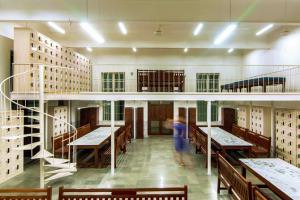
The KEM Hospital ladies common room redesigned by Studio Pomegranate. Pic/Pranav Naik
A people person
Charles Correa was once asked how he managed to create the huge ovoid, seen by the auditorium of the Champalimaud Centre in Lisbon, which is filled with clear plexiglass. He replied, "If I told you, you wouldn't not know how to make it."
The questioner narrated the same to architect Pranav Naik of Studio Pomegranate, which is strongly influenced by Correa's philosophy of putting people at the centre of architectural design. "Our workforce can't understand meticulously drawn sketches, so you have to design with them, rather than for them. We even live on-site with clients," he tells us.
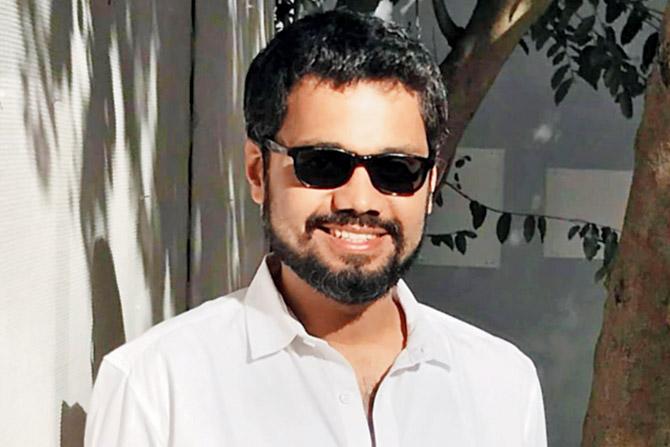
Pranav Naik
The studio has several urban design projects under their belt - the Ferguson Flyover at Lower Parel and the common room at KEM Hospital included. Naik, 33, remembers meeting Correa in 2007 as a student, "I was in awe and wasn't able to say much," he says. But time has changed with the population today and the builder-driven arena, like Naik states, even though Correa had forseen the same in 1996. The urban renewal plan that proposed a 600-acre mill area wasn't implemented. "Now, you have the real estate prices in Lower Parel booming. Builders are pushing their vision on architects. Why do we need Swiss Chalets in the Western Ghats of Maharashtra, especially when the economic gap has been widened?"
What I'd ask Correa: The first line of this piece, again.
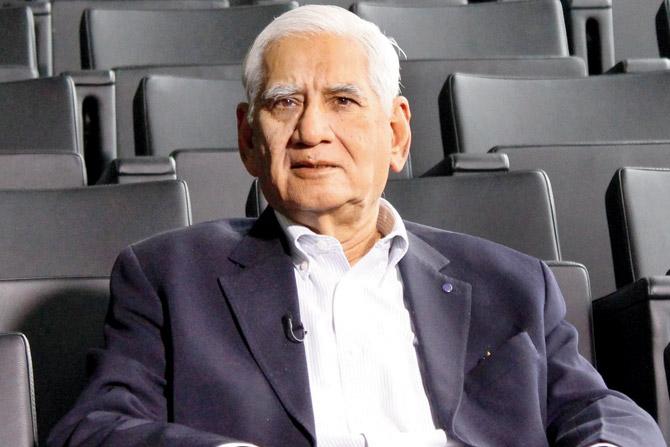
A sustainable vision
A crucial element of Correa's philosophy, according to architect Supriya Gandhi, was that he never considered sustainability and climatology as separate subjects - this is entwined with her present work at her studio called The Workshop. "Homes are built and then you think of installing solar panels. We are not using our architects and urban designers." Gandhi is currently working on a six-villa project, that incorporates Correa's concept of having people live beyond the corners of their homes by creating open spaces.
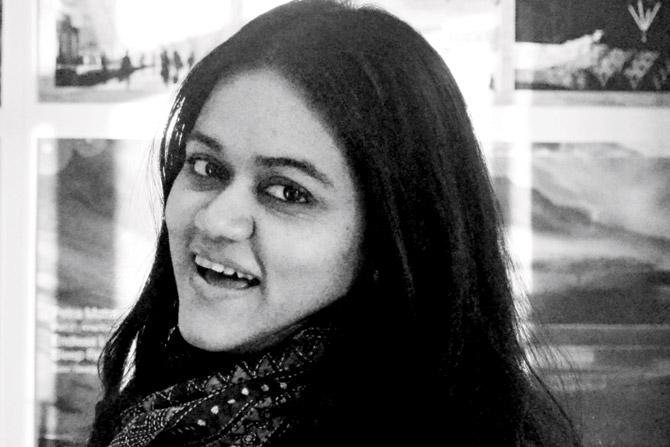
Supriya Gandhi
"These are luxury villas that have been designed like a community-living project rather than a gated community and that's turned the typology on its head," she elaborates. Although the builder lobby remains strong in the city, Gandhi states that his philosophy still holds relevance for another century. She adds, "I have every single book by Correa in my studio library; I often refer to them and will continue to do so throughout my career."
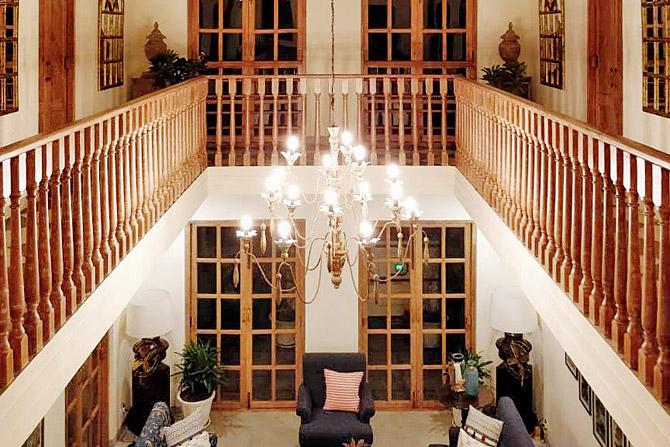
The luxury villa project in Goa
What I'd ask Correa:
If he were granted another lifetime would he spend it designing and building more buildings, and urban development or would he write and teach some more? Either way I feel like one lifetime of Charles Correa was too short.

The 100-year-old upright piano converted into a bar
The sanctity of space
Kiraan Aggarwal, an architect cum interior designer of Studio Querencia, while narrating her journey shares an analogy that echoes the master architect's sentiments closely, "architecture is like math, it can't be taught."
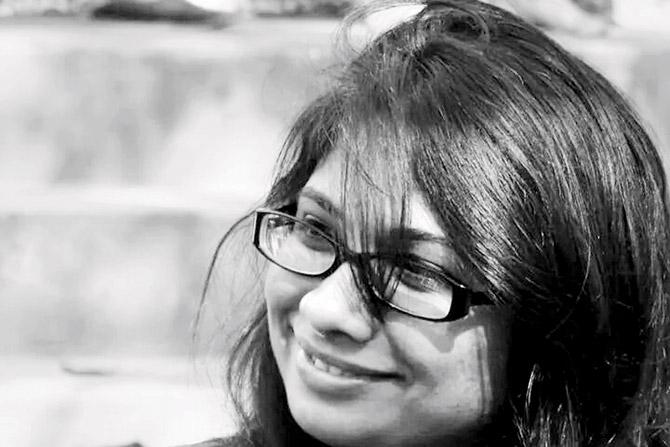
Kiraan Aggarwal
After working for firms in the city, she found her forte in upcycling when an old woman asked Aggarwal, 32, to deconstruct her 100-year-old upright piano into potential furniture using its fine rosewood. She convinced the woman to turn it into a bar after carefully studying the structure and allowed the instrument to retain its functionality through the insertion of glass panels - thus maintaining its sanctity, an important quality you'd witness as one walks through the assembly doors of the Vidhan Sabha, Bhopal. She adds, "It is an art to design a very complex structure and still soften a space. I'm always trying to play with Correa's concept of the open and closed space. Today, you are given the space that the builder has agreed to. The importance of that isn't as much as it is to maximise profit. So we're stuck in these matchboxes. Architecture is a very powerful field but this power is often diluted or lost."
What I'd ask Correa:
When he was presented with a context, how would he form an initial response?
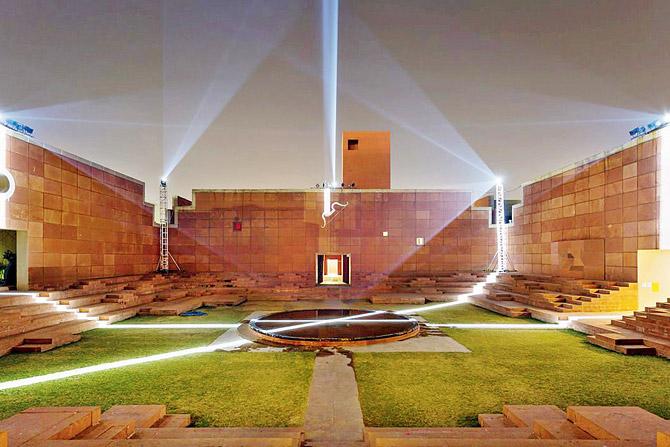
Jawahar Kala Kendra in Jaipur designed by Correa. Pic/Kunal Bhatia
Capturing greatness
In January this year, architectural photographer Kunal Bhatia, 31, walked into the Jawahar Kala Kendra in Jaipur for the When Is Space exhibition - only to be awed by Correa's creation - large volumes and the play of light.
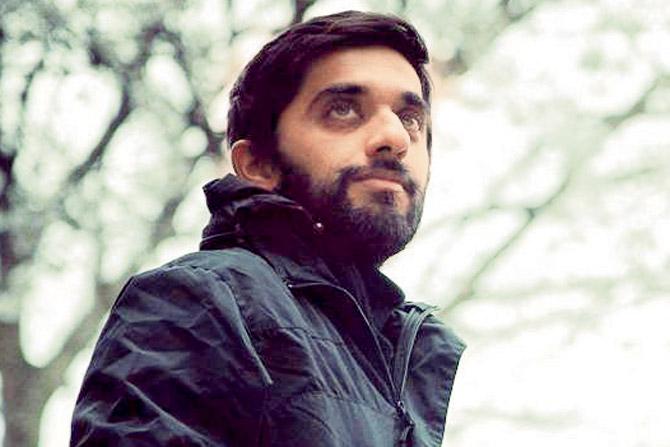
Kunal Bhatia
"Some are open to the sky in varying degrees while others are completely covered; some spaces overlook into their neighbours while some are decidedly more inward," he explains. An architect by qualification, he says this standard of mastery is on the decline when one considers public buildings being built in the city. "It is different when you photograph a Correa building because the play is within the architecture itself. If this was just another public arts centre, it wouldn't photograph the same way," he sums up.
What I'd ask Correa:
How does he see the architecture discipline in India evolving in the coming decades? Would we strengthen our own critical approaches or would we still largely be imitating the west?
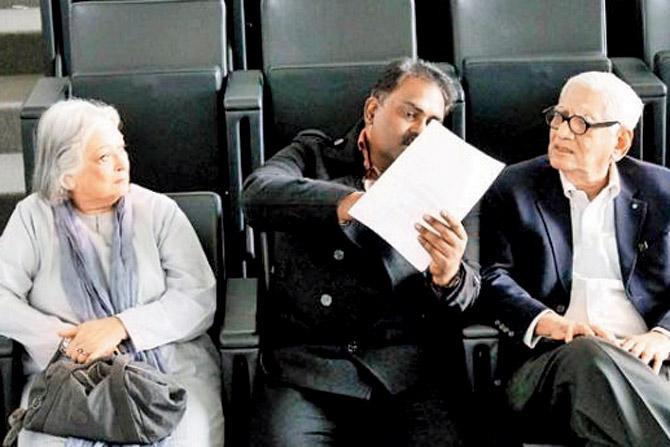
Sankalp Meshram with Charles and Monika Correa. Pic/Sofia Vasconcelos
A waterfront city
Filmmaker Sankalp Meshram who has been associated with Correa for 22 years expands on the architect's vision for the city, as outlined in the documentary The City of Water, directed by him in 1976. "There are very few access points to the sea in the city. He questioned why Bombay residents can't have access to both sides of the island and why this water couldn't be used for public transport. Correa called the Bandra-Worli sea link a privilege of the rich because they can pay the toll and have what he called, the "American A-ha moment," he shares.
Catch up on all the latest Mumbai news, crime news, current affairs, and also a complete guide on Mumbai from food to things to do and events across the city here. Also download the new mid-day Android and iOS apps to get latest updates
 Subscribe today by clicking the link and stay updated with the latest news!" Click here!
Subscribe today by clicking the link and stay updated with the latest news!" Click here!









